Since the Bitcoin network pioneered the cryptocurrency ecosystem, thousands of new blockchains have been created. Each one has unique use cases, structures, security frameworks, and operating models.
But blockchains cannot speak to one another natively, which makes interoperability a challenge. That is where cross-chain bridges come in.
What is a Cross-Chain Bridge?
A cross-chain bridge is a technology that allows different blockchain networks to connect, communicate, and transfer assets.
For example, if you hold USDT on Ethereum but want to use it on Polygon, you can bridge the tokens across without needing to sell them first. This unlocks far more utility from the assets you already own.
Bridges work by locking an asset on one chain and minting an equivalent version on another. Smart contracts, consensus mechanisms, and oracles ensure the process is secure and verifiable.

Why Are Cross-Chain Bridges Important?
Interoperability and scalability
Bridges make blockchains interoperable, allowing them to work together and scale by leveraging each other’s strengths. A slower chain can benefit from a faster one, creating a stronger Web3 ecosystem that users can access through multi-chain wallets like Zypto.
Liquidity and accessibility
By enabling assets to move across chains, bridges improve liquidity and make crypto more usable. Users no longer need multiple wallets for every network, making access simpler.
Simplifying cross-chain transactions
Bridges allow you to move crypto across blockchains without selling and rebuying. For example, you can bridge BTC into Ethereum to access DeFi protocols directly.
DeFi expansion
Decentralized finance thrives on bridges. They connect users to multiple liquidity pools, staking opportunities, and yield platforms. Developers can build dApps that work across several blockchains, broadening reach and functionality.
Diversification and arbitrage
Bridges allow you to spread investments across multiple chains, reducing risk if one network underperforms. They also create arbitrage opportunities by letting traders move assets between pools with different yields or prices.
Security benefits
By connecting to more secure blockchains, weaker networks can strengthen their security. This creates safer environments for users while expanding what each chain can offer.

Challenges of Cross-Chain Bridges
While powerful, bridges are not without risks. They have been prime targets for hacks, often due to vulnerabilities in smart contracts or the complexity of multi-chain operations.
Other challenges include –
- Different blockchains having incompatible designs
- Security compromises when bridging between strong and weaker networks
- The need for multiple bridge solutions, since no single one solves every scaling or security issue
Security-conscious users and developers must carefully research bridge protocols before using them.
Zypto and the Future of Cross-Chain
As more blockchains emerge, the demand for secure, reliable bridges will only grow. At Zypto, we recognize that interoperability is the key to making Web3 truly global and usable.
The Zypto App already supports thousands of assets across multiple chains, with integrated swaps and secure cold storage via the Vault Key Card. By building on secure cross-chain technologies, we aim to give users and developers safe, scalable ways to interact across the crypto universe.
Final Thoughts
Cross-chain bridges are unlocking the next stage of crypto’s evolution. They make blockchains interoperable, more liquid, and more useful for everyday applications in DeFi, NFTs, and beyond.
Like any technology, they carry risks, but the potential is enormous. For users who want to explore the multi-chain future safely, Zypto provides the tools to bridge, trade, and secure digital assets with confidence.
Download Zypto App today and experience the power of a multi-chain wallet built for Web3.

FAQs
What is a cross-chain bridge in crypto?
A cross-chain bridge is a tool that connects two different blockchains, allowing users to move tokens or data between them. For example, you could transfer USDT from Ethereum to Polygon using a bridge.
Why are cross-chain bridges important?
Bridges enable blockchains to communicate with each other. This improves liquidity, expands DeFi opportunities, and allows users to use their assets across multiple ecosystems.
Are cross-chain bridges safe?
While bridges make crypto more flexible, they can also be targets for hackers. Security depends on the bridge’s design, audits, and safeguards. Always research before using one.
What are the types of cross-chain bridges?
Common types include lock-and-mint bridges, burn-and-release bridges, and liquidity pool models. Each has its own way of transferring value between blockchains.
Can I use Zypto for cross-chain transactions?
Yes. The Zypto App supports multi-chain wallets and built-in swaps, letting you manage assets across different blockchains securely. Users can also pair with the Vault Key Card for added cold storage security.





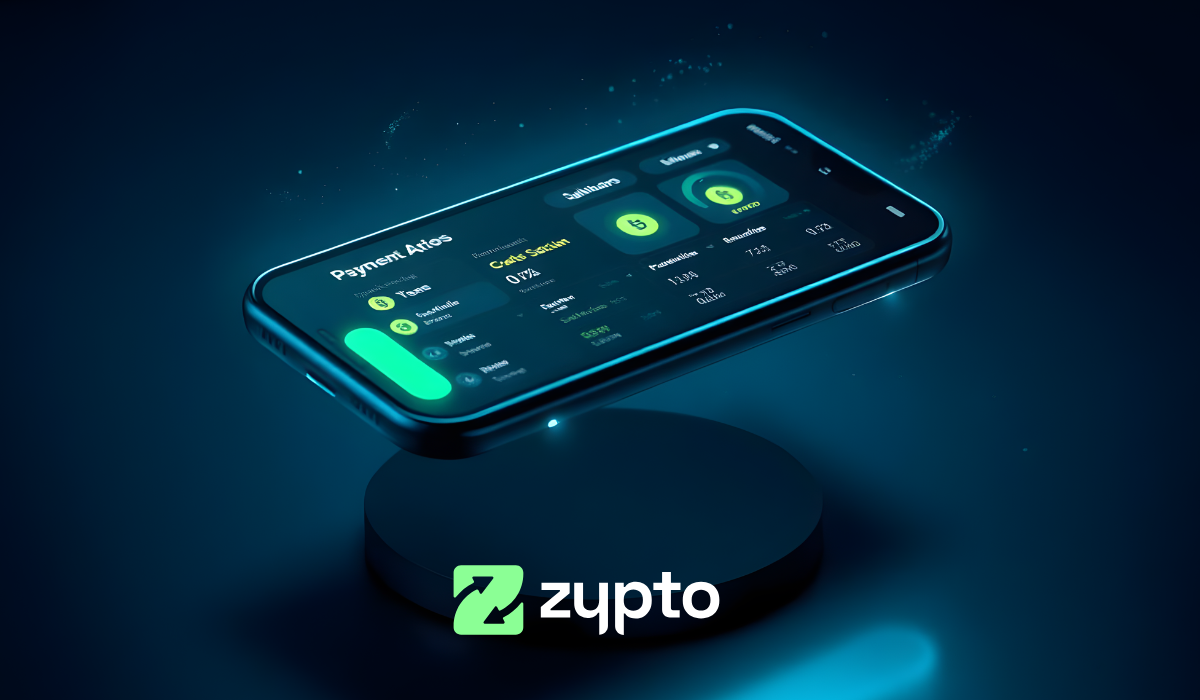


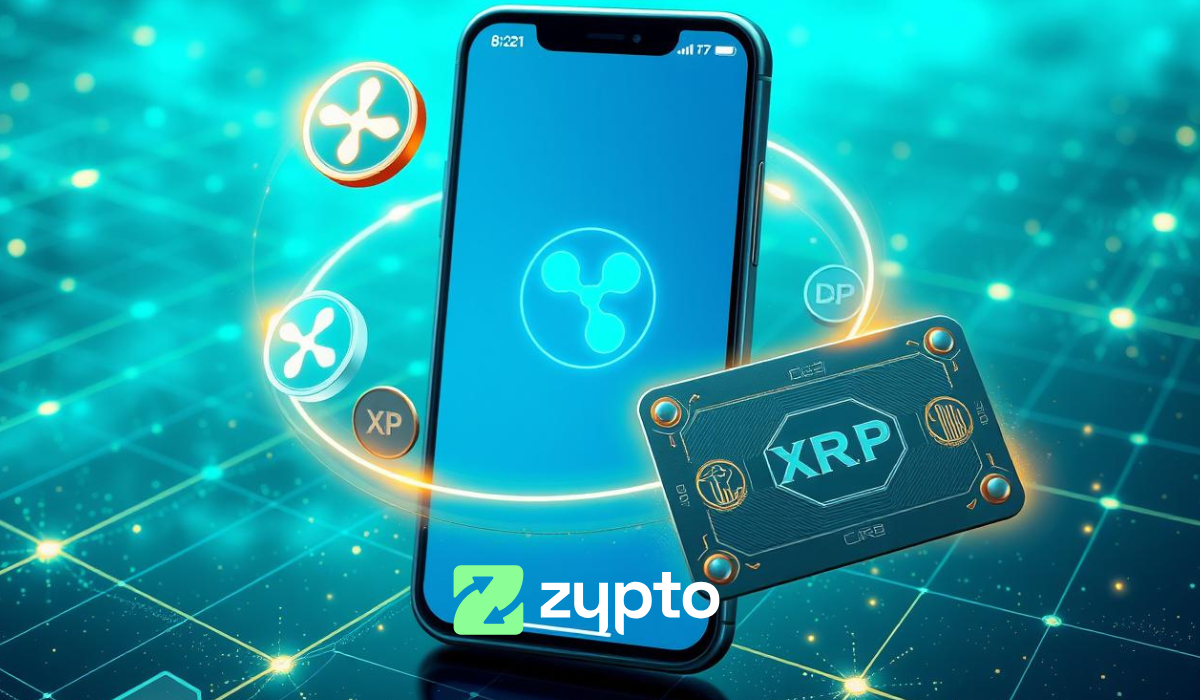







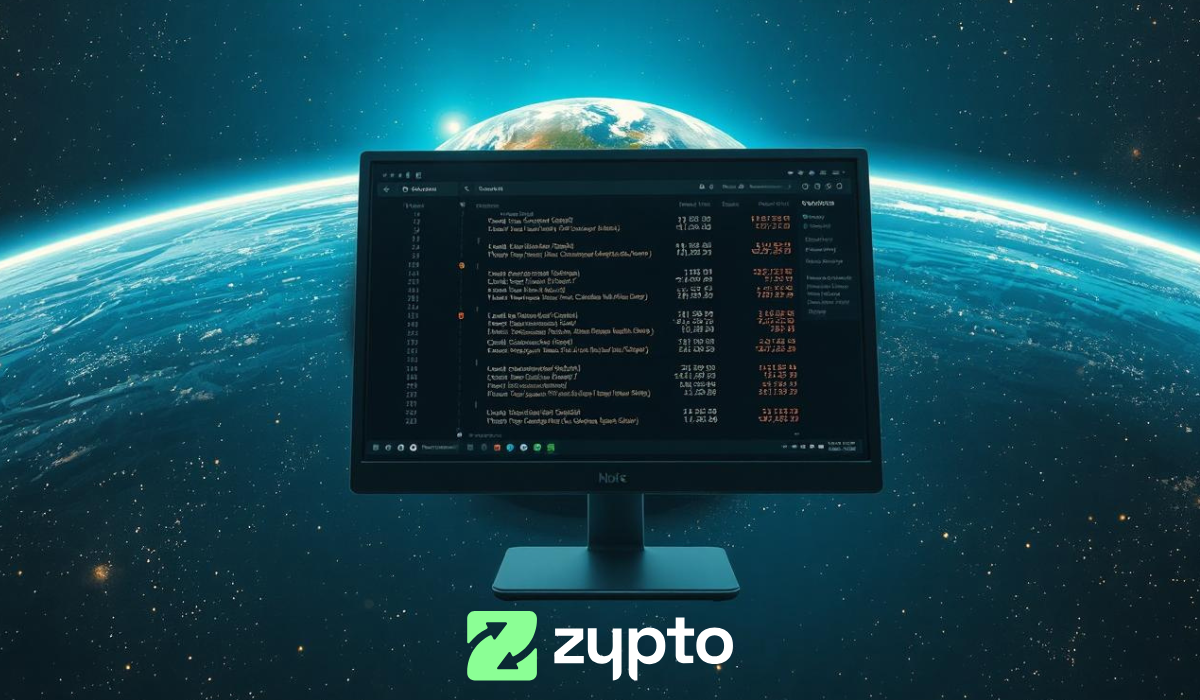



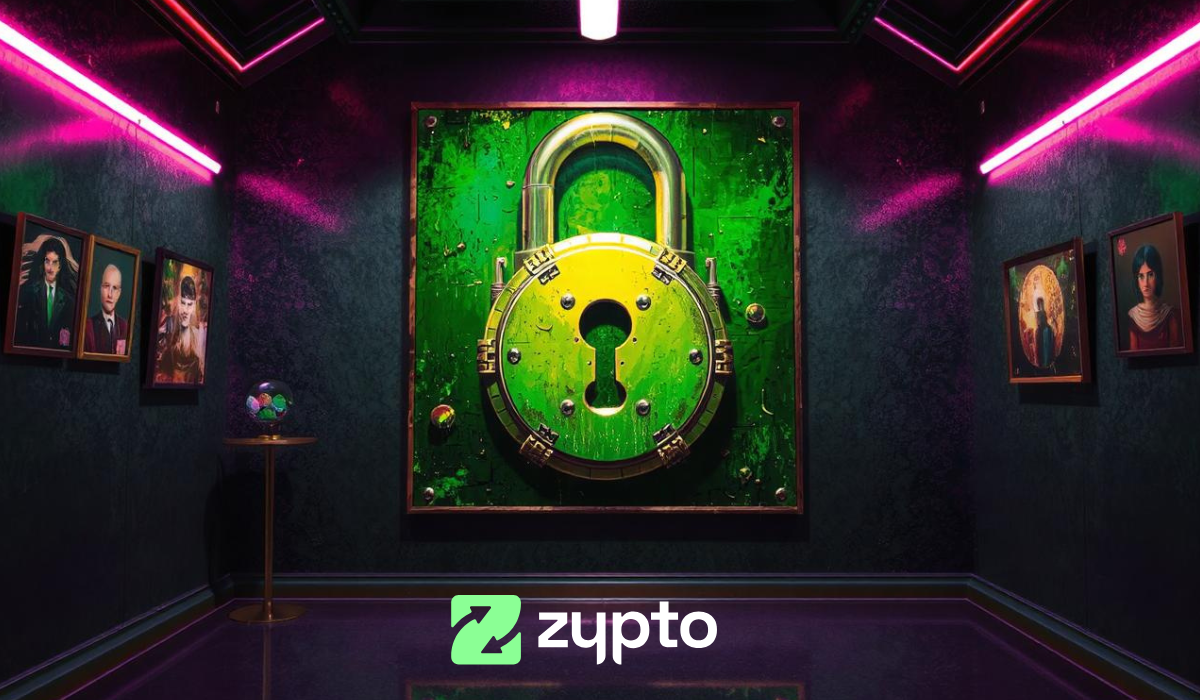


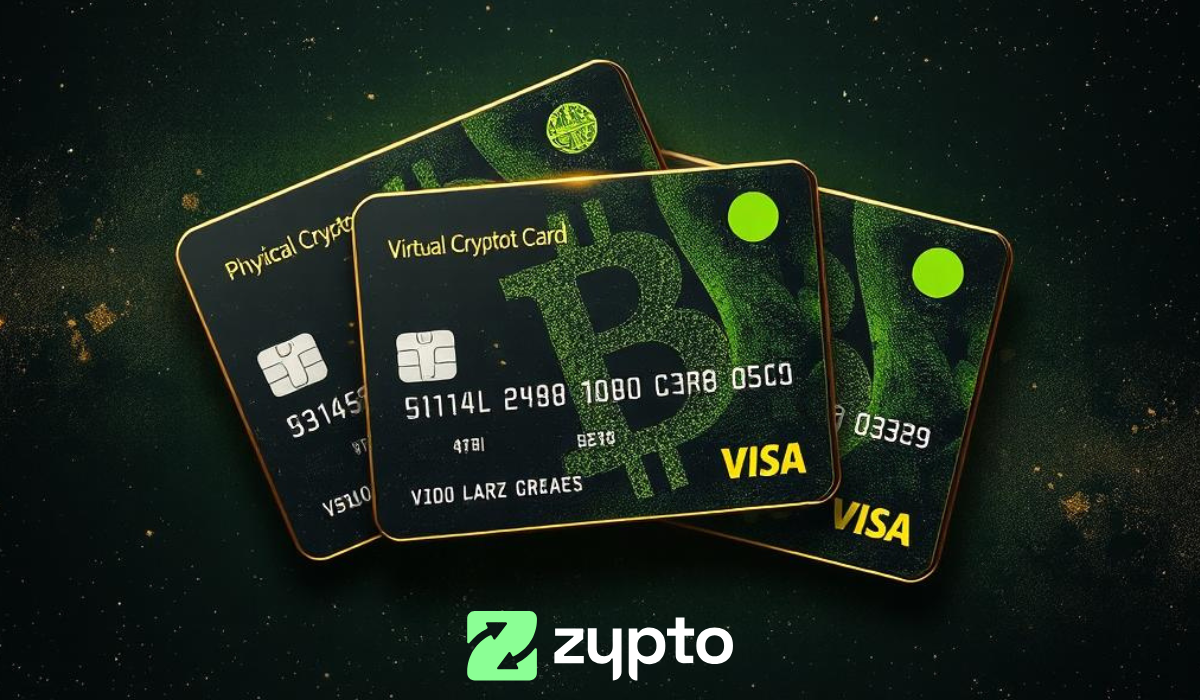

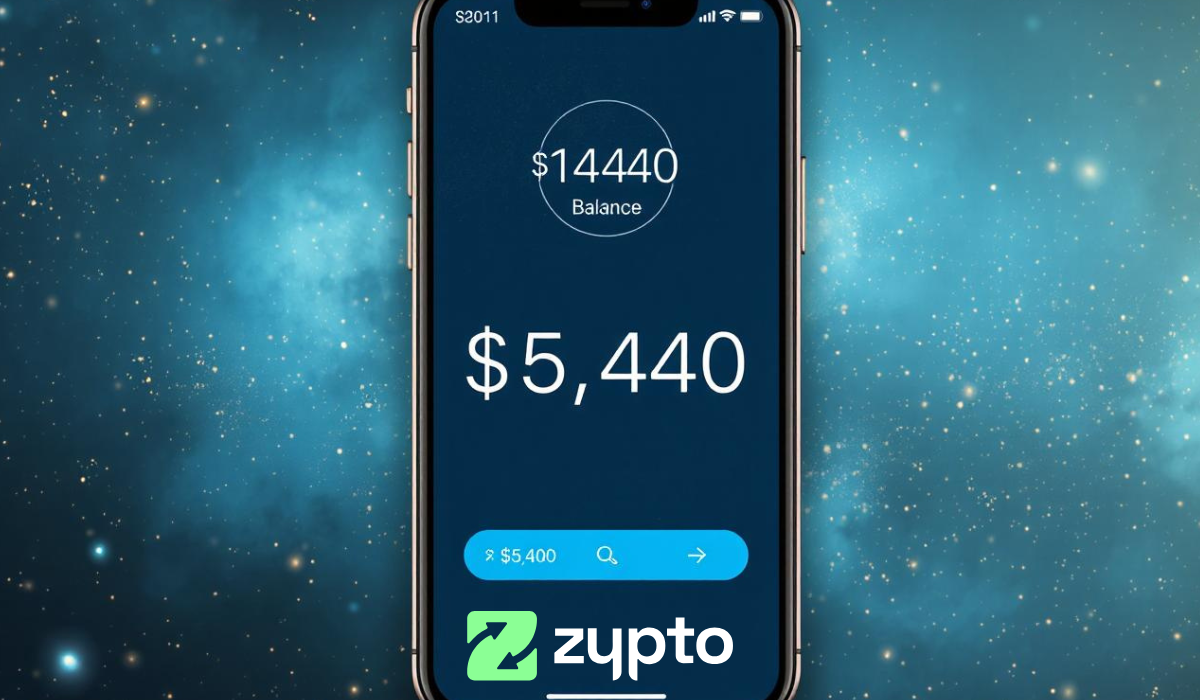




This article provides an excellent overview of cross-chain bridges in the crypto ecosystem. I appreciate the clear explanations and the use of examples to illustrate how these bridges work. The discussion on the security challenges and potential risks is particularly insightful. It would be great to see more detailed case studies or examples of successful cross-chain bridge implementations in future posts. Thanks for sharing this valuable information!
I believe this Article truly makes Cross-Chain Bridges In Crypto Ecosystems easier to understand.🙏👌
But still, I believe for new or unexperienced Defi User, it’s quite a challenge in daily life, to handle Cross-chain Transactions while using Crypto.
To figure out which Wallets and Exchanges to use, how to find fast, secure and least expensive paths, how to swap or on- and offramp…🤔
And this is exactly where ZYPTO can make a huge difference. 🦄❤️🔥
By natively integrating Cross-chain Service into Zyptoapp and Zyptopay, Zypto makes it super easy, flexible and convinient for Customers to handle those things.
Basically making it that easy, the average User might not even notice a difference in the processing of his order.
This way, Zypto us making Crypto Payments extremely easy and accessible, practically Nullifying the Cross-Chain effort for all its Users. 👏🔥
I’ve used cross-chain bridges many times, but never truly understood how they worked. This was a great break down and really helped me appreciate the utility that bridges provide to DeFi. The future looks bright for the whole Crypto world with great utilities and services like cross-chain bridging being constantly developed. I can’t wait to see what the Zypto development team can help achieve in this space!